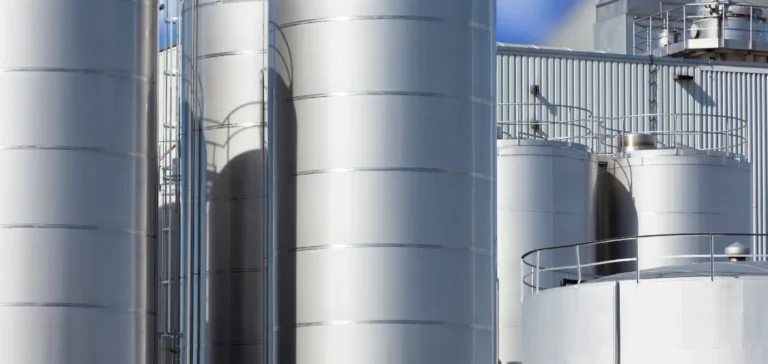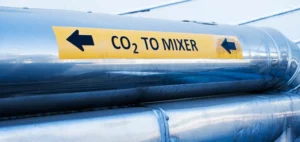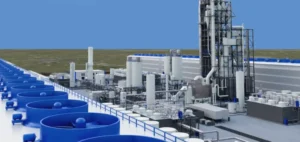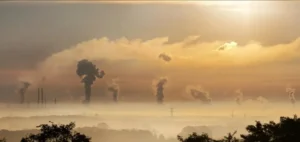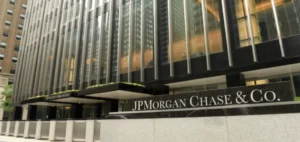The market for carbon credits from natural removal projects came under renewed pressure in October, falling to a new low for 2025 at $13.30 per metric tonne of CO2 equivalent (mtCO2e). The drop follows a 94% month-over-month increase in credit issuances, which rose to 2.9 million units in September from 1.5 million in August.
Surging supply, limited demand
The structural imbalance between supply and demand continues to weigh on prices. The average price in September fell 10% from the previous month to $13.47/mtCO2e, although it remains 15% higher year over year. A US-based trader cited a “general lack of action” by corporate buyers in the spot market, despite rising availability of certified credits.
Certified but largely unretired
Colombia’s Vichada 2512 project, certified by Verra Carbon Standard, was last offered between $13.35 and $13.50/mtCO2e. Of the 116,328 credits issued for vintages 2021 and 2022, only 14,122 have been retired, representing 12% of volumes, according to registry data. The remaining 88% remain unsold. A US market participant said the developer appears to be holding most of the inventory.
Monthly retirements rise, annual totals fall
Retirements — the definitive use of credits for offsetting emissions — reached 689,707 mt in September, up 24% from August but down 18% year over year. Over 50% of retirements in 2025 were from vintages 2021 to 2024, indicating market preference for newer credits. However, several traders noted that most recent retirements involve older vintages, limiting the overall market impact.
Transaction volumes slide amid aggressive offers
Several offers were priced below market averages, including improved forest management (IFM) credits in the US at $12/mtCO2e for 77,000 credits from 2023. Other trades included ACR-certified IFM removals at $22/mtCO2e for 15,000 mt, while 4,000 CAR-certified credits in Mexico changed hands at $12/mtCO2e. Sellers are increasingly prioritising volume clearance as buying interest remains muted.
Data show that 71% of credits issued since 2020 remain unretired, confirming a persistent oversupply trend in the voluntary carbon market.


